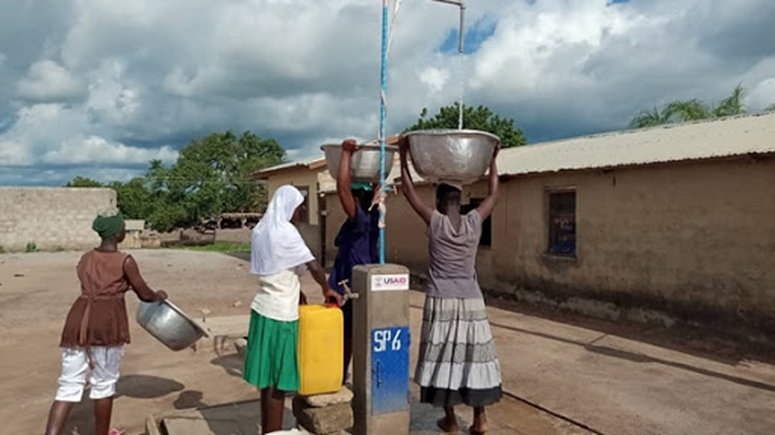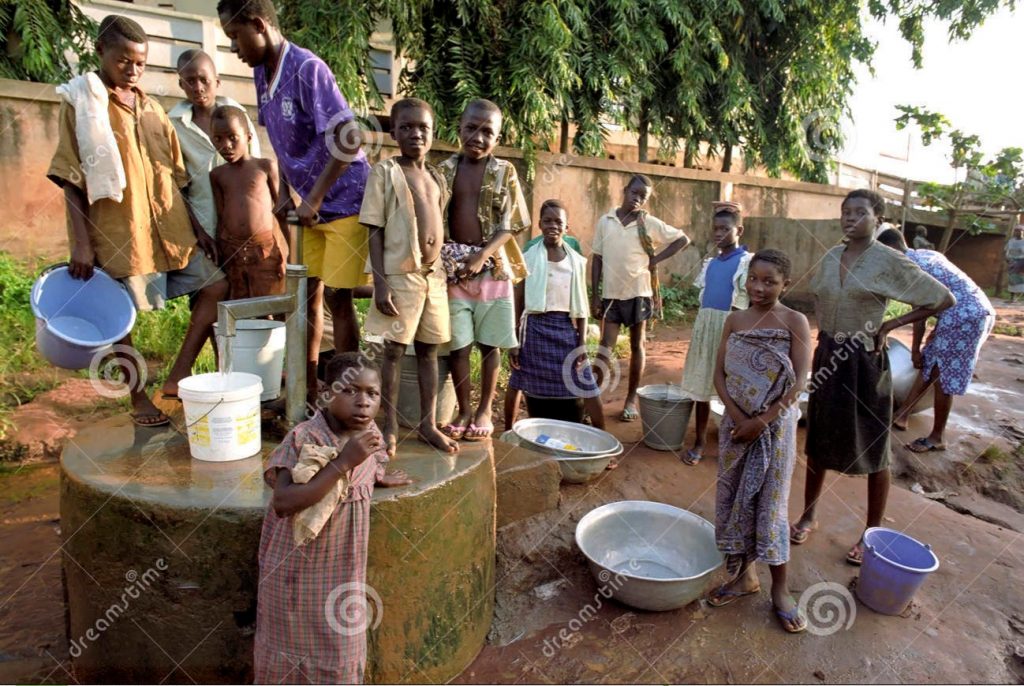Ghana Water Company rations water in Sekondi-Takoradi and its environs

The Ghana Water Company Limited (GWCL) in the Western Region has for the past month been rationing water in the Greater Sekondi-Takoradi Metropolitan Area in the Western Region due to growing demand in supply and limited rainfall in the region this year.
The situation has resulted in low inflow of raw water into river bodies, particularly the Pra River, where the Ghana Water Company Limited (GWCL) draws water for processing and distribution to the Sekondi-Takoradi metropolis and the Wassa East District.
Following the occurrence, the Ghana Water Company’s undammed intake points at Daboase and Bussum-Do in the Wassa East District have low water levels, making it difficult to extract enough water from them for treatment and leading to the erratic water supply.
Speaking in an interview with Spice News, Western Regional Public Relations Officer (PRO) of the GWCL, Nana Yaw Barima Barnie indicated that the company’s dam site at the Inchaban Head Works in the Shama District has equally been affected by the low inflows of water.
“The challenge is that we are just having limited flow and we were expecting rains even in September to October, but that did not happen. Limited rains now resulting in low inflows into our basin,” he explained.
According to him, the only solution available to the Company was for customers to conserve water while they work to ensure that they meet the increasing demands and therefore called on the members of the public to store water and use water judiciously.

He bemoaned that the situation had forced his outfit to start early rationing of water from this month instead of the usual December or early January when such controlled distribution was done.
He disclosed that production levels were currently between three million gallons and 5.6 million gallons being volumes he considered inadequate to meet the demand.
According to Nana Barnie, if there are limited inflows, it will definitely affect their production and that in the recent past, the Inchaban intake has been recording about 979,000 gallons instead of two million gallons which has characterised the shortfall.
The PRO further explained that since its intake points along the Pra River were just water basins, his outfit only collected raw water for treatment and the rest flowed freely into the sea as the river was not dammed.
However, he contended that damming the Pra River would have been the ideal situation, but it came with huge cost and social impacts which can cause the extinction of some aquatic species, huge losses to forests, the disappearance of birds in floodplains, erosion of deltas, wetlands and farmlands, and many other irreversible impacts that have to be considered when planning to dam a river.
Story: Seth Ameyaw Danquah





